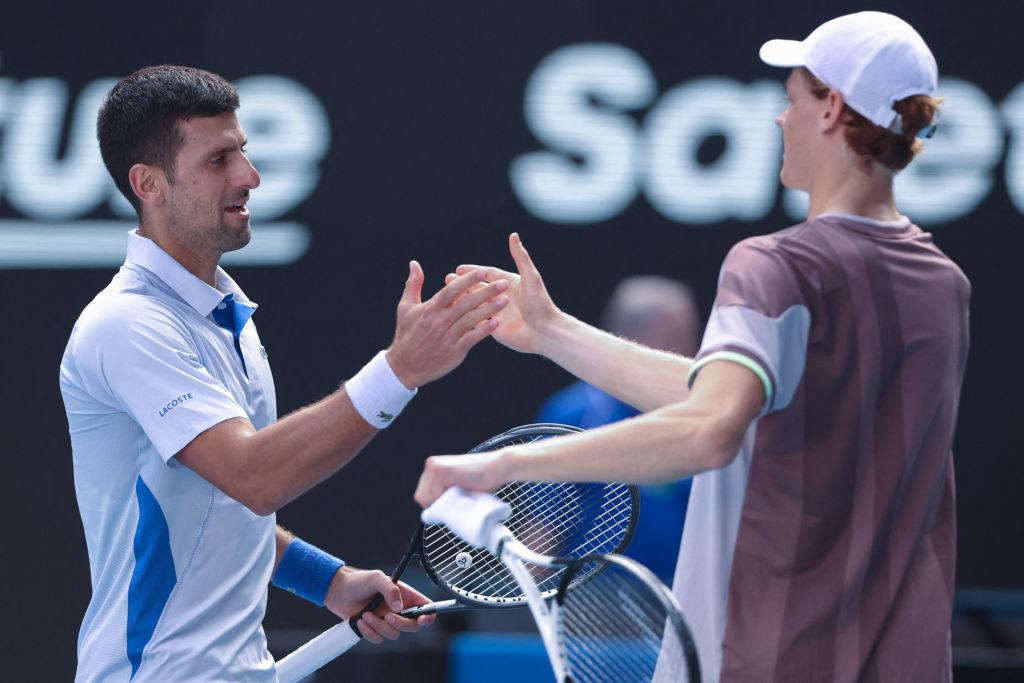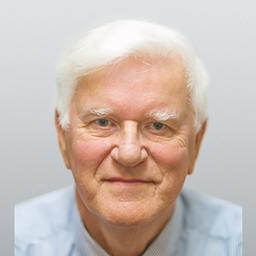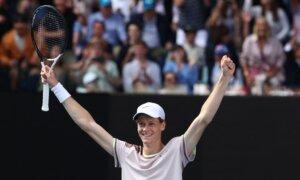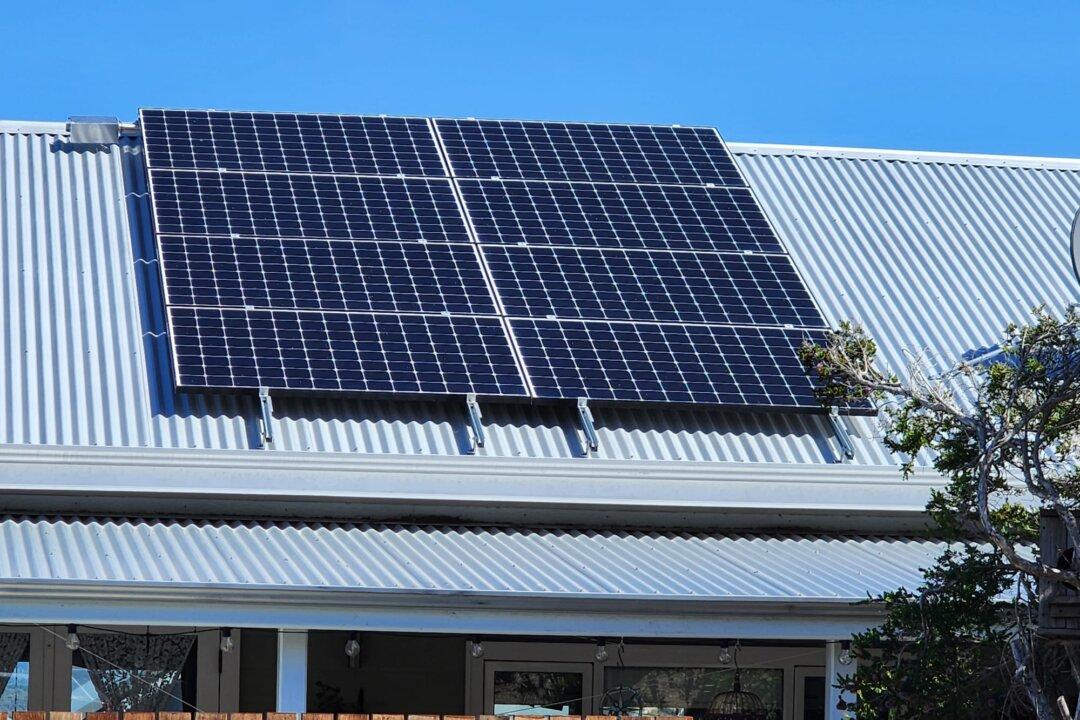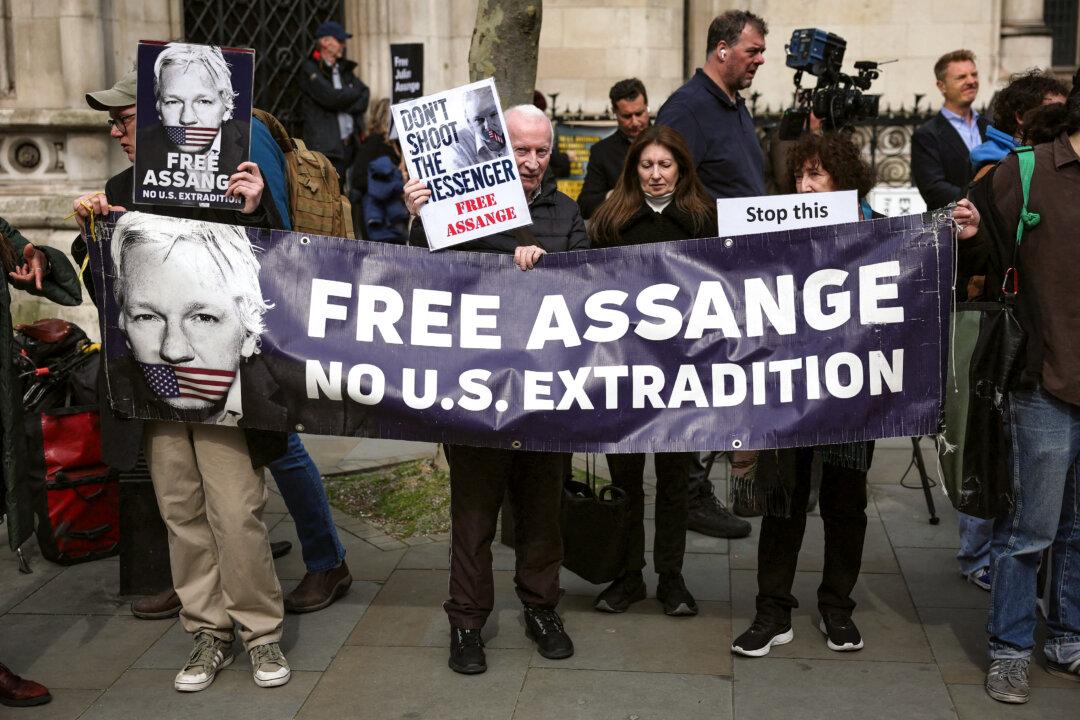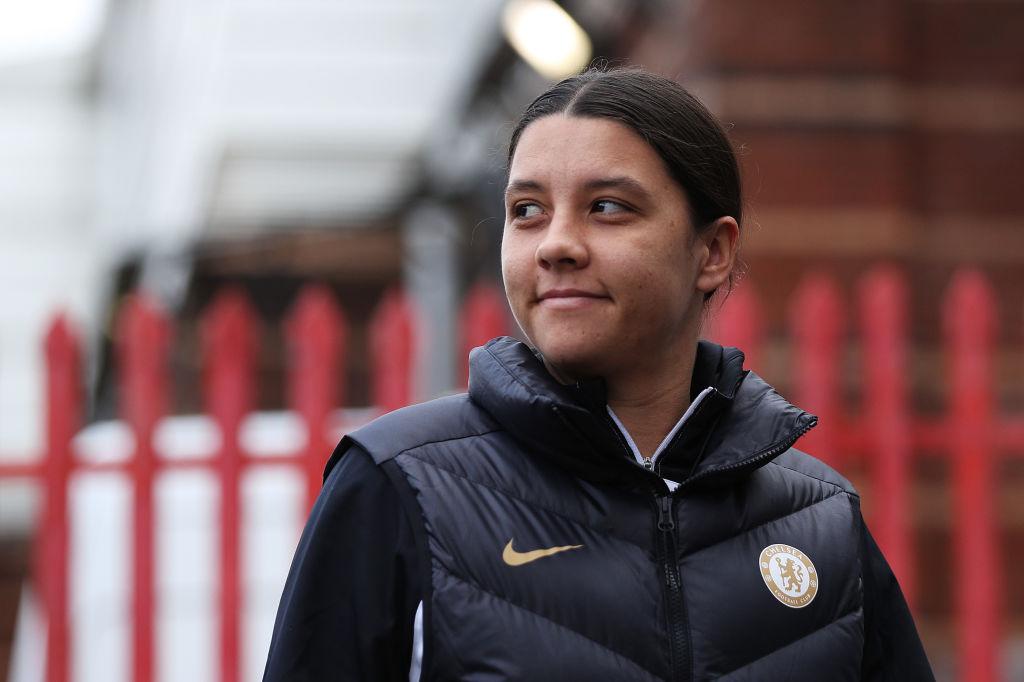Novak Djokovic is no longer the undisputed ruler of the Rod Laver Arena! His defeat by Jannik Sinner, the Italian tennis star, is an invitation to tennis commentators to consider whether this defeat represents the beginning of a new era.
Djokovic, affectionately known as “The Joker,” already triumphed at 24 Grand Slam Finals—10 of those at Melbourne Park.
Djokovic’s defeat was accomplished in four sets by an inspired Sinner who, throughout their semi-final never gifted a break point to Djokovic. It surely felt like Djokovic was passing the baton to a younger generation, represented by Sinner who, at 22, was 14 years younger than Djokovic.
The grand final was a gargantuan five-set tussle between Sinner and Daniil Medvedev, lasting nearly four hours. It was clear to keen observers that Sinner’s tenacity and tennis astuteness helped him achieve this win.
The women’s final was contested by Aryna Sabalenka, who was also last year’s champion, and the young and promising Chinese Qinwen Zheng. It was a one-sided affair and, in the end, Sabalenka was able to comfortably extend her title with some impressive, intimidating tennis.
There is no doubt that the enthusiasm and excitement generated by the Open is infectious and manages to mightily entertain the spectators—this year more than 1.1 million people attended the tournament.
Fortnight Plus One
First, the Australian Open was extended from fourteen days to fifteen days. This year, it started on Jan. 14 and the finals were contested on Jan. 28.John McEnroe, a tennis commentator who usually speaks his mind, disagreed with the extension.
He said that it was “a money grab as far as I’m concerned.”
By contrast, the organisers argued that the extension was motivated by a desire to ensure that games would no longer end in the early hours of the morning.
This move was responding to criticism after a match last year ended well past four in the morning.
Nevertheless, this explanation sounded contrived because some late-night matches this year also ended in the early hours of the morning.
Hence, Mr. McEnroe’s disagreement is a reasonable response. Yet even if his opinion is valid, it is difficult to see how an extension of this tennis feast could be bad for the sport, especially if it were to give spectators an extra day of excitement and joy.
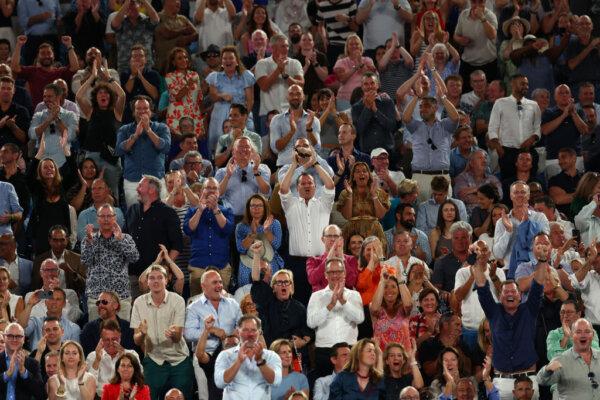
A ‘Woke’ Tournament?
Second, Australian tennis player Jordan Thompson, who had earlier defeated Rafael Nadal in the Brisbane International, criticised the Open as the “wokest tournament ever.”His comment came as a response to a new seating rule that allowed spectators to take their seats between games. Many players did not know about this rule change, including Djokovic.
Thompson’s discomfort is understandable, considering that, as anyone who plays tennis would know, it is most distracting for players to focus on their game when spectators enter the arena between games.
Nevertheless, the “woke” allegation is not altogether misplaced because, as expected, the championship ceremonies started with the ubiquitous Acknowledgement of Country statement—a ritualised and largely meaningless statement that has nothing to do with tennis.
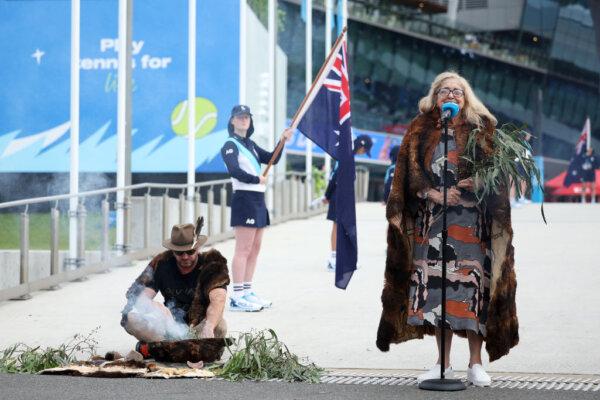
Tense Geopolitics
Third, there appear to be an incredible number of truly talented Russian tennis players, especially among the women, but also on the men’s side.However, their participation in the Open is marred because the flag of their country does not appear before their name—an example of guilt by association.
Uneven Playing Field
Fourth, the most unsettling aspect of the Open is that players are now allowed to talk to their coaches and support team who sit in their designated seats in the player’s box.This practice impacts the equal playing field. Some players do not have an extensive support team, and are disadvantaged.
But the most important objection to this practice is that it distorts the outcome of the match.
Indeed, when on the tennis field, the players themselves should determine who is most suited to go to the next round. Anything else interferes with the sporting aspect of the game, and compromises the players’ prowess, dexterity, and athleticism needed to excel.
The remaining Grand Slams will undoubtedly reveal whether the Djokovic and Nadal era is in terminal decline. The message is surely never to underestimate experienced and committed tennis warriors.
But for now, Sinner is a winner!
